- genevb's home page
- Posts
- 2025
- 2024
- 2023
- 2022
- September (1)
- 2021
- 2020
- 2019
- December (1)
- October (4)
- September (2)
- August (6)
- July (1)
- June (2)
- May (4)
- April (2)
- March (3)
- February (3)
- 2018
- 2017
- December (1)
- October (3)
- September (1)
- August (1)
- July (2)
- June (2)
- April (2)
- March (2)
- February (1)
- 2016
- November (2)
- September (1)
- August (2)
- July (1)
- June (2)
- May (2)
- April (1)
- March (5)
- February (2)
- January (1)
- 2015
- December (1)
- October (1)
- September (2)
- June (1)
- May (2)
- April (2)
- March (3)
- February (1)
- January (3)
- 2014
- December (2)
- October (2)
- September (2)
- August (3)
- July (2)
- June (2)
- May (2)
- April (9)
- March (2)
- February (2)
- January (1)
- 2013
- December (5)
- October (3)
- September (3)
- August (1)
- July (1)
- May (4)
- April (4)
- March (7)
- February (1)
- January (2)
- 2012
- December (2)
- November (6)
- October (2)
- September (3)
- August (7)
- July (2)
- June (1)
- May (3)
- April (1)
- March (2)
- February (1)
- 2011
- November (1)
- October (1)
- September (4)
- August (2)
- July (4)
- June (3)
- May (4)
- April (9)
- March (5)
- February (6)
- January (3)
- 2010
- December (3)
- November (6)
- October (3)
- September (1)
- August (5)
- July (1)
- June (4)
- May (1)
- April (2)
- March (2)
- February (4)
- January (2)
- 2009
- November (1)
- October (2)
- September (6)
- August (4)
- July (4)
- June (3)
- May (5)
- April (5)
- March (3)
- February (1)
- 2008
- 2005
- October (1)
- My blog
- Post new blog entry
- All blogs
Minor bimodal feature in TPC OFCW current
This is a historical look over the past 10 years at what appeared to be a minor bimodal distribution in the TPC OFCW current, noticed for the first time during Run 13:
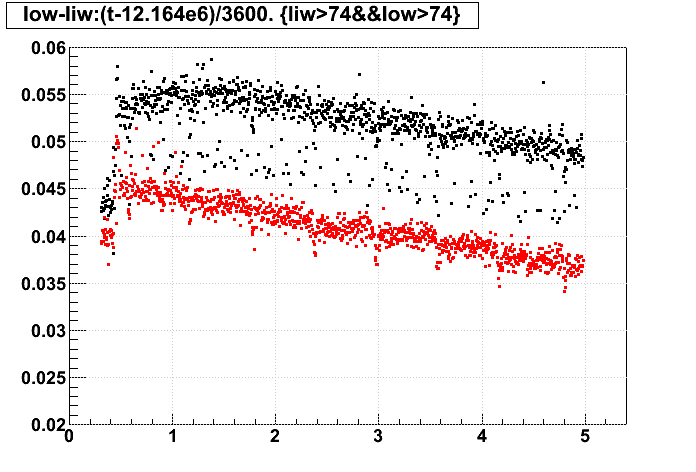
Luminosity dependence of the FC currents makes looking for a minor bimodality difficult as the peaks become indistinct when examined over a large time window. Taking the difference with OFCE helps to provide a reference which varies similarly with luminosity (or time), easing the sampling of higher statistics.
All OFCW-OFCE plots below span the same range of 30 nAmps.
Observations:
-Gene

Luminosity dependence of the FC currents makes looking for a minor bimodality difficult as the peaks become indistinct when examined over a large time window. Taking the difference with OFCE helps to provide a reference which varies similarly with luminosity (or time), easing the sampling of higher statistics.
All OFCW-OFCE plots below span the same range of 30 nAmps.
Observations:
- The two modes appear to be separated by ~5-7 nAmps.
- It is not clear that this separation has remained constant over the years.
- The fraction of time spent in each of the two modes has certainly not remained constant over the years.
- There may have been an additional third mode in 2013?
- The OFCW short (between the last two rings) developed between 2009 and 2010, thus the jump in the axes of several hundred nAmps.
- However, the reverse large jump was seen between 2004 and 2005.
- This coincides with the intermittent partial short in the OFCW which we associated with rings 80 & 81, which is on the scale of ~75 nAmps.
- But I looked more carefully at the individual channels, and it appears that OFCW current dropped by a few hundred nAmps between 2004 and 2005 regardless of the intermittent short, whereas a short should raise the current!
- There seems to be an additional jump pf perhaps ~5 nAmps between 2010 and 2011, and then another of ~2 nAmps between 2012 and 2013, which I speculate may be due to a minute difference in luminosity dependence between OFCW and OFCE.
- Before 2010, there was also a great deal more noise in the single current measurements, such that the distribution was too broad to see sub-10-nAmp features.
-Gene
| Year | OFCW - OFCE [μAmps] | OFCW [μAmps] |
|---|---|---|
| 2013 | 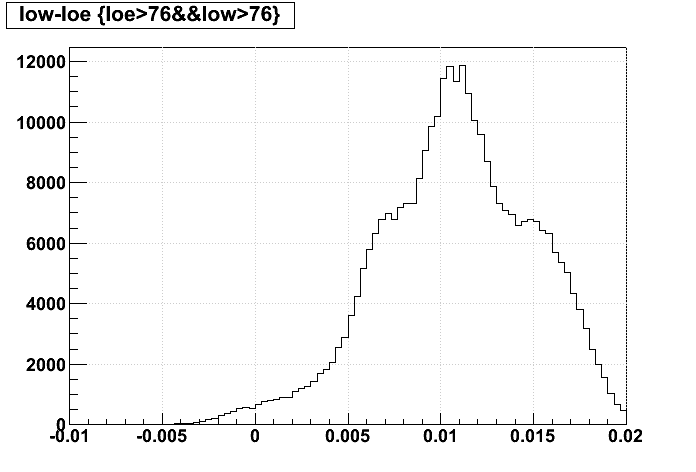 |
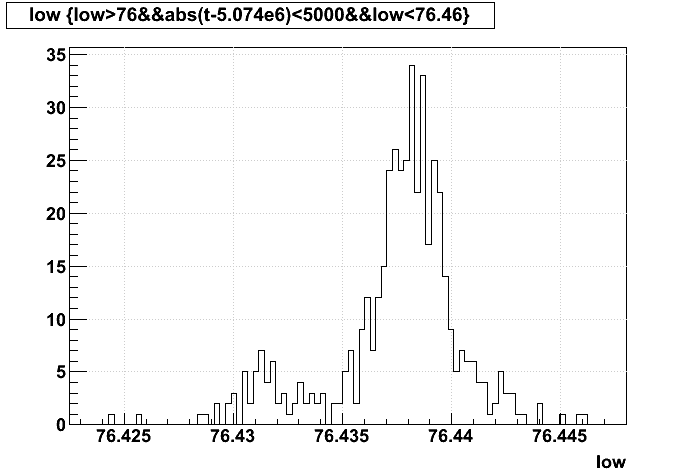 |
| 2012 | 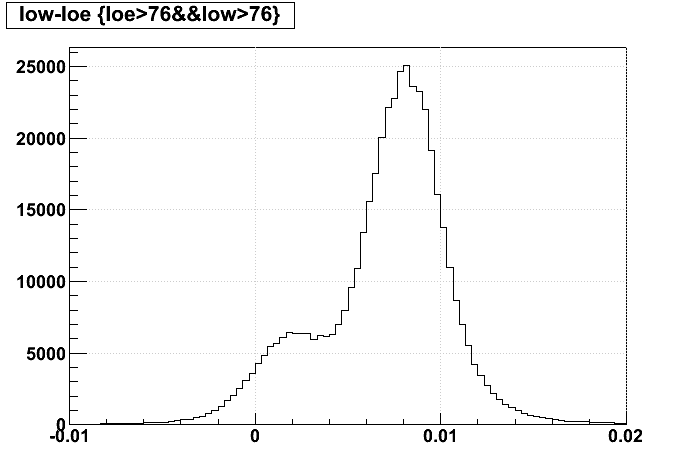 |
 |
| 2011 | 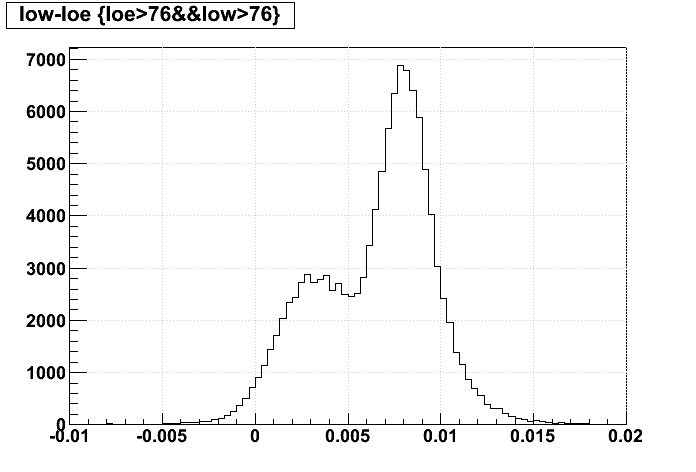 |
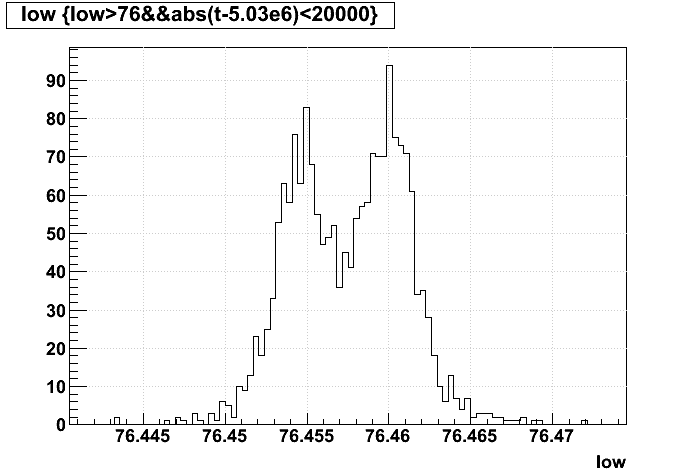 |
| 2010 | 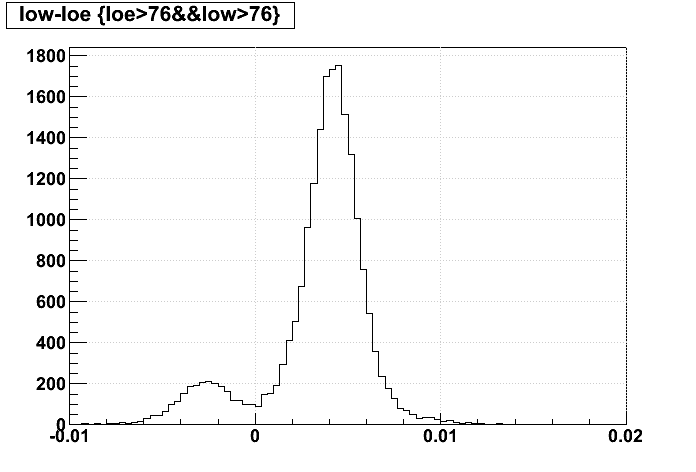 |
 |
| 2009 | 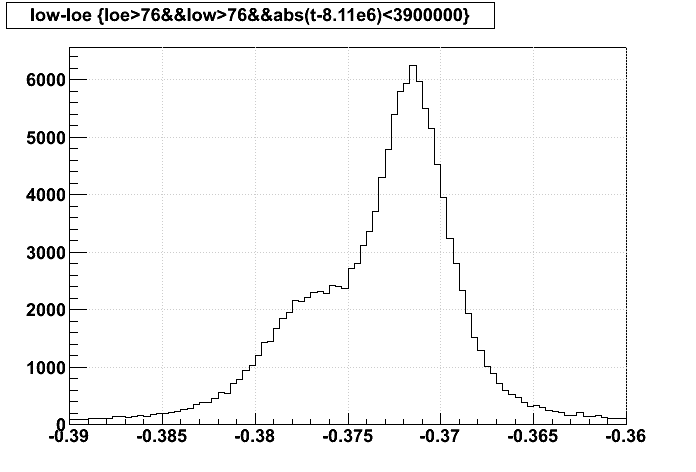 |
|
| 2008 | 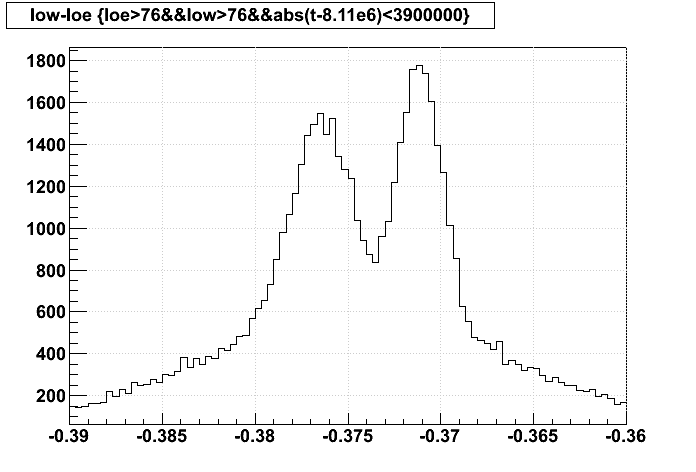 |
|
| 2007 | 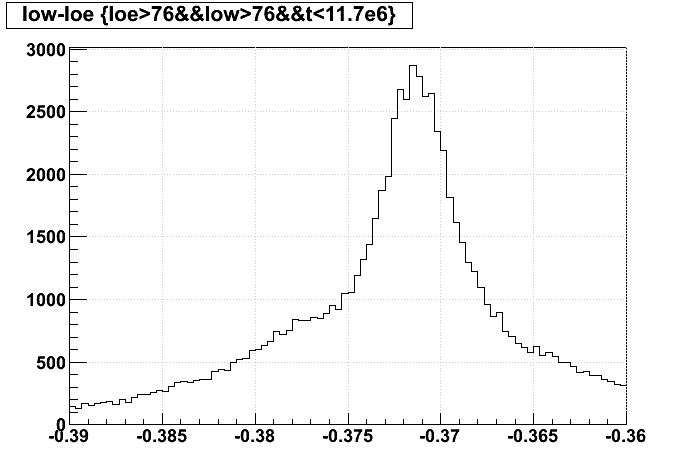 |
|
| 2006 | 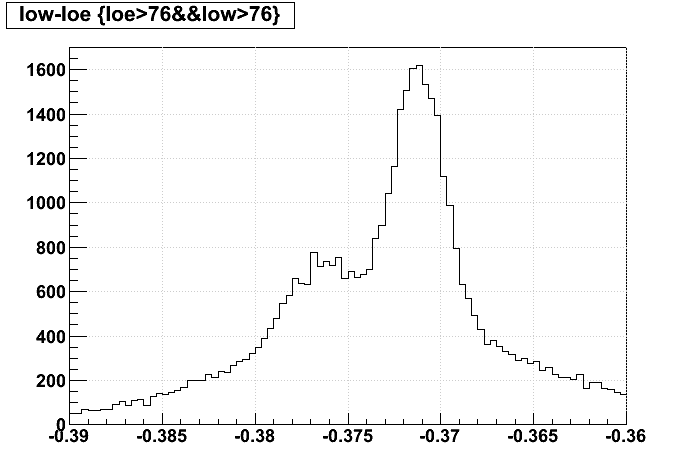 |
|
| 2005 | 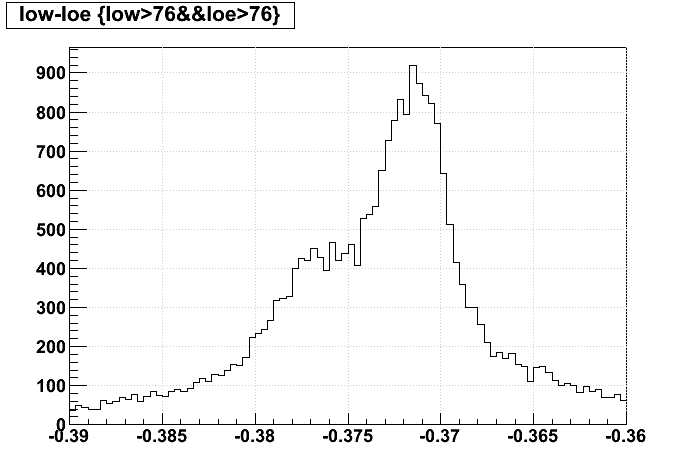 |
|
| 2004 | 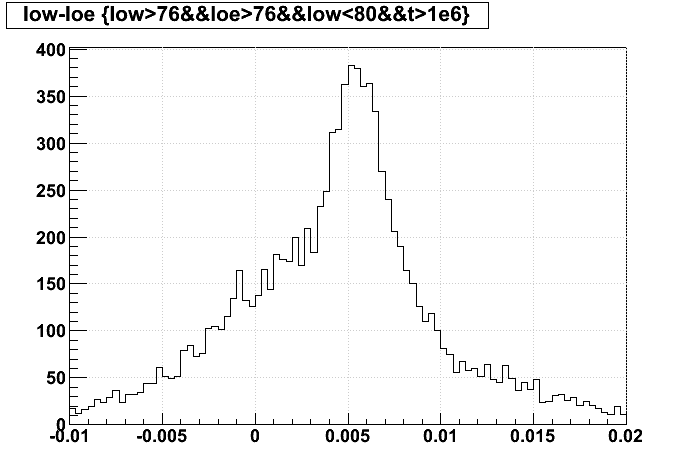 |
Groups:
- genevb's blog
- Login or register to post comments
